Our Approach
At ComputerMinds we like to work in an agile fashion so that we can be as adaptable to our clients' requirements as possible.
This doesn't mean that we need to be involved right from the beginning of your Drupal project; we are used to coming in at various stages of the development lifecycle. Sometimes this might just be for a bit of a steer in the right direction as you start to think about how Drupal can make your life a bit easier right the way through to development and post development training and support.
In this section we look a little bit at the various stages we might get involved at and how we can help you make the most out of Drupal.
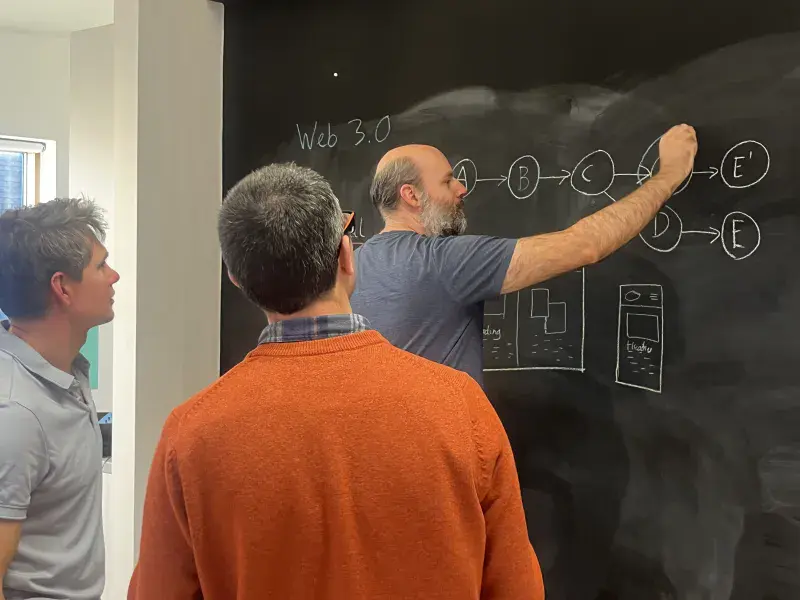
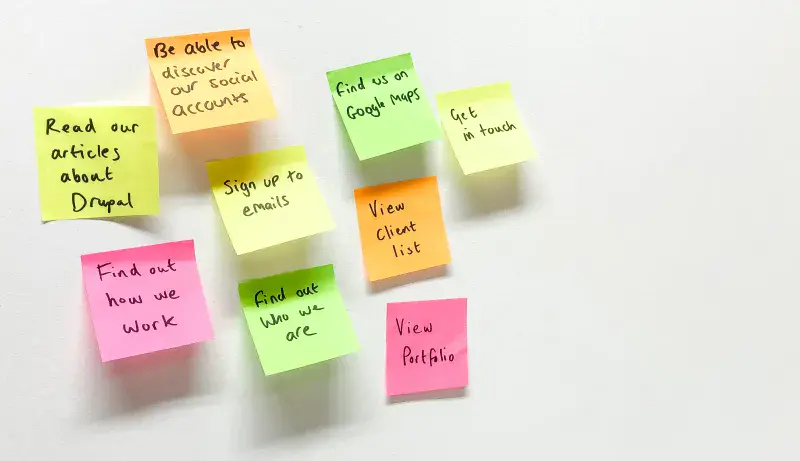
Requirements Gathering & Analysis
The first stage of any complex Drupal development project is usually a process of requirements gathering and analysis. We start by looking at what systems you already have in place and how we can use Drupal for maximum effect.
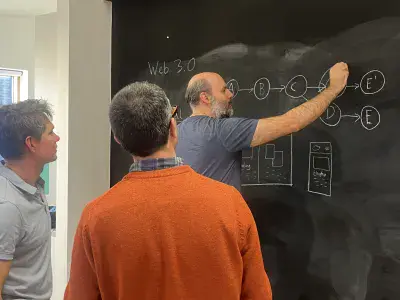
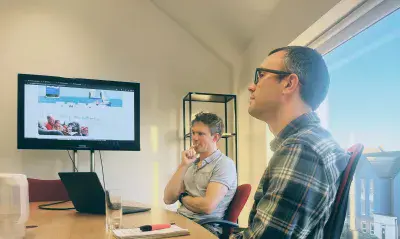
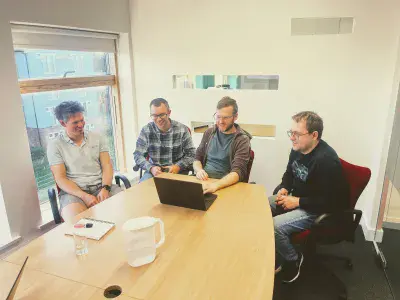
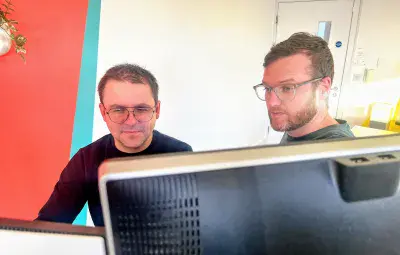

Information Architecture & User Experience
After we have a good handle on what your specific requirements are we can start to make progress on the solution that will meet these. This is the time when we start to think about how your end users will interact with your website. We start by considering the Information Architecture of your new site. What this essentially means is how do we structure the new website to best allow your users to find the content they want, in its most basic form this would include things like how do we structure menus and so on.
Once we've got a good idea on how we're going to direct users around your new website we can start to draw up wireframes for pages of content. These will then be handed over to a designer who will take these as a starting point for how each particular page needs to be structured. ComputerMinds can handle the design stage in house or we have extensive experience of working with third party design agencies. Once again, we like to be as flexible as possible as we realise that these things change from client to client!
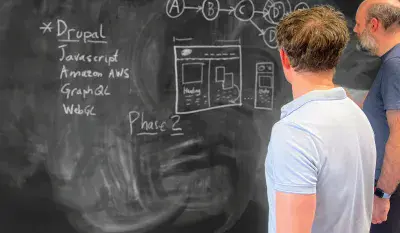
Design
When it comes to design we're used to working with our clients in a range of different ways from working with a third party design agency through to us doing the design work in house using our modular design paradigm.
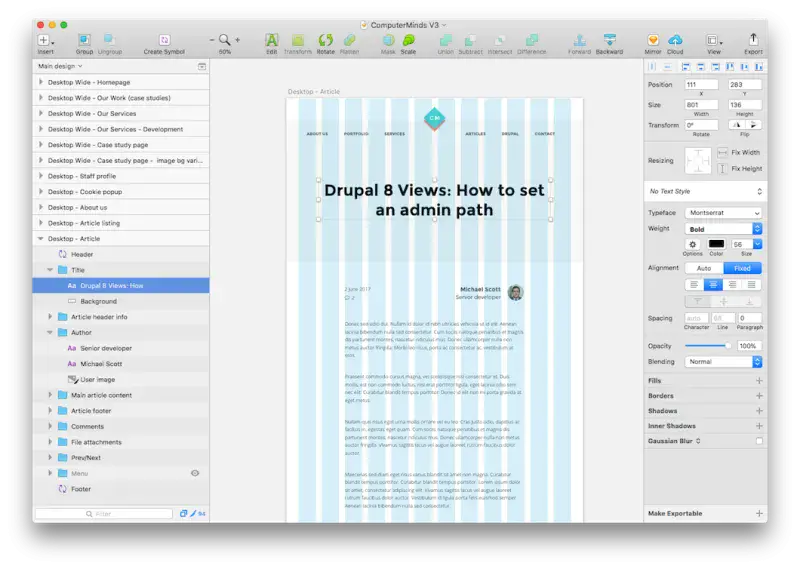

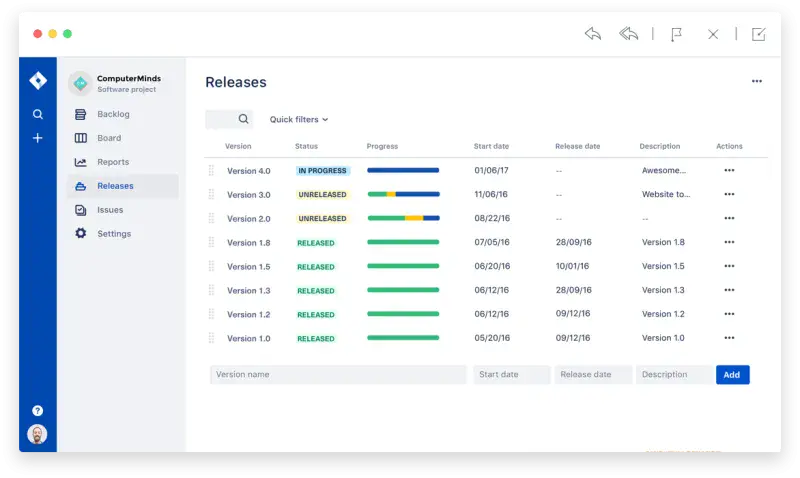
Agile Development
At ComputerMinds we realise that in the real world requirements can change as a project evolves so we like to keep things as informal and flexible as we can. To this end we prefer to work in an agile way.

Flexible, adaptable, agile
What this means is that we take the project and split it down into distinct sprints of work which we'll develop in turn. This has the huge advantage of allowing you to see tangible results as the project progresses as well as allowing us to incorporate changes to the original requirements without drastically changing timescale or budget!
By working in this way we don't suffer from the drawbacks of a more traditional software development lifecycle. Whilst this approach doesn't replace the more traditional requirements gathering and design stages, which will always be important to consider, it does allow us much greater flexibility to accommodate changes once the development process has started.
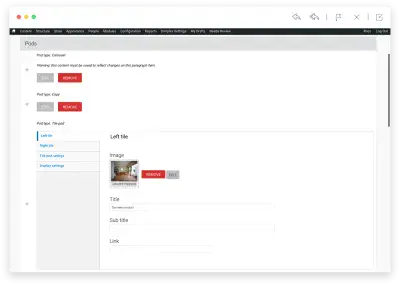
Giving Maximum Control to Content Editors
By using a CMS like Drupal the idea is that it frees you up to concentrate on the content that makes up your website. However, it has traditionally had some limitations, mainly by forcing you to conform to a specific structure, so for example you might have a landing page template and all of your landing pages will essentially look the same in terms of page structure.
In recent years we have made a move towards a much more dynamic way of building up rich and engaging pages of content. Pages can be built using a number of predefined tiles, which will each have its own theming associated with it. This way as a content editor you can start with a blank page and add as many different tiles as you want to build up a page that exactly meets your requirements without the need for any code!
To find out more about tiles and how we use them we've put together a brief overview which you can view by clicking the button below.
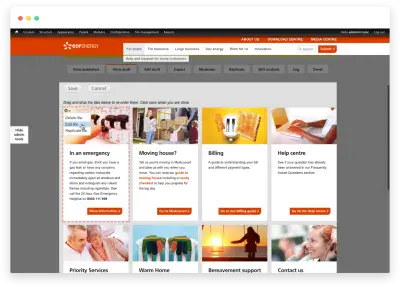
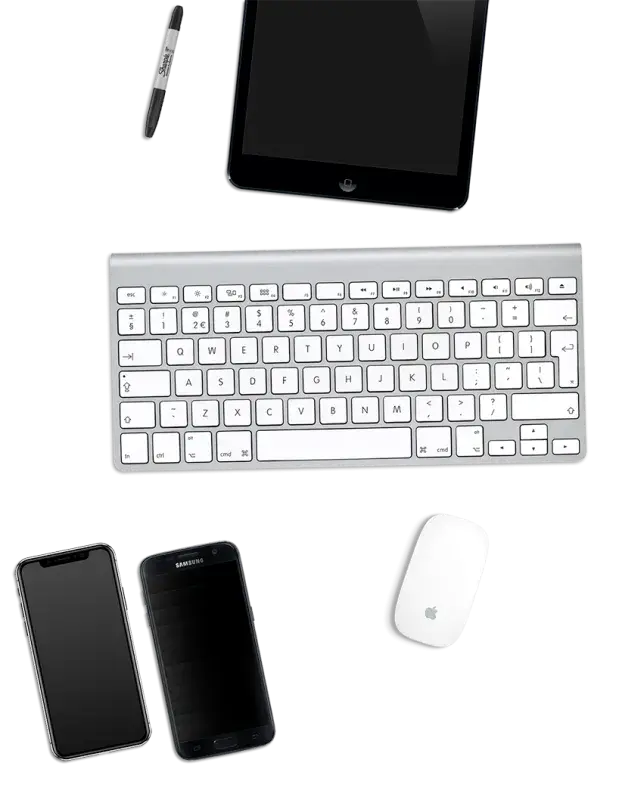
Testing
Testing is an important stage of any software development lifecycle and one that often gets overlooked. All of our code goes through a process of unit testing, QA and peer review before being handed over to you for User Approval Testing.
Post development support
We realise that building your website is only the start of your Drupal journey. In order to get the most out of your new Drupal website it will need to be properly supported as things move forward. In its simplest form this might just be a case of giving you a bit of training on how to properly manage your content or showing you how to do something technical so you know how in the future.
We offer a number of support packages that range from basic training for your content editors right the way through to hosting your website and managing security updates for you freeing you up to just focus on your content.
We tailor our support packages to each individual client so if you think we could help you with the management of your Drupal website why not drop us a line?
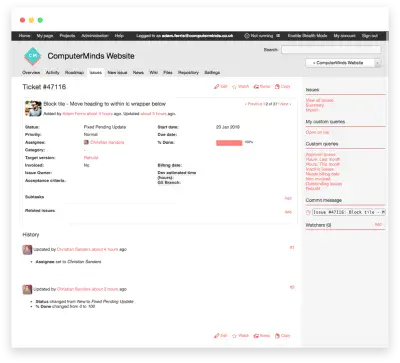
Connect directly with the complete team
Talk directly to your expert developer
No fudging. No account managers. Direct access.
We believe that rapid development requires fast, direct communication with the people doing the work. At ComputerMinds we don't have levels of account managers and project administrators to fight against - you can work with our team in real time over Slack, email or Support Tickets.
There's no weekly fudging of numbers and reports, just enjoyable interactions with our reliable team.
